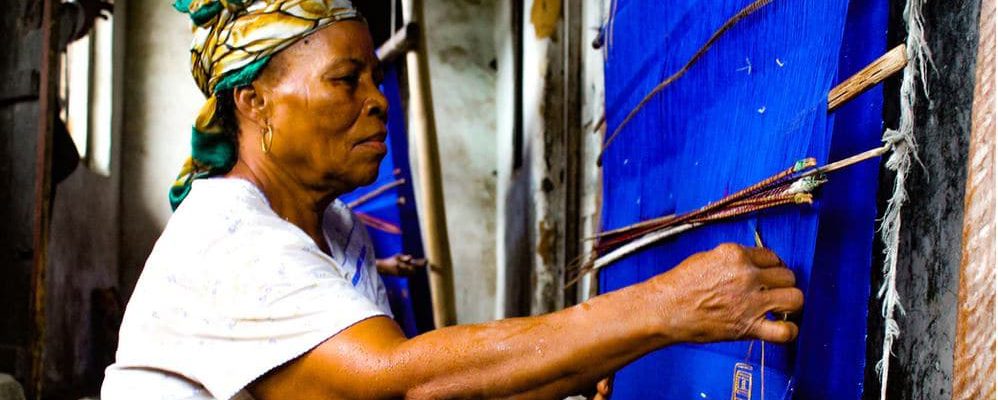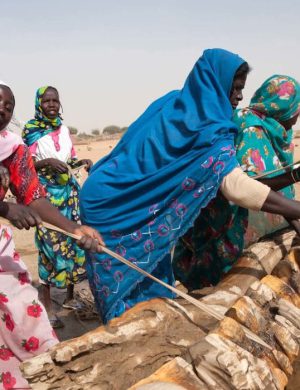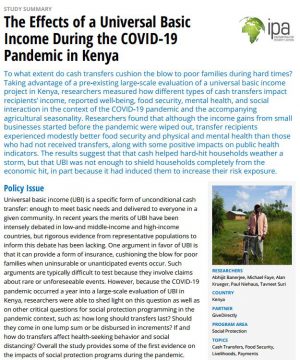
Covid-19 has catapulted social protection into the spotlight. From furloughing to school feeding programmes delivered to homes, 212 states and territories across the world have planned or delivered 1179 social protection interventions in response to the pandemic. It is the backbone support to families and individuals to cope with the economic impacts of the Covid-related restrictions governments have imposed on us. So now is a great time to cement governments’ commitment to realise people’s universal right to social protection. The fear is countries will be too bankrupt by the impact of COVID-19 to do so.

To discuss this, last month, the tremendous team at socialprotection.org, the leading online social protection platform, conjured up a vast line-up of respected names and speakers from renowned programmes across the world of social protection, to present at an international e-conference Turning C19 into an opportunity: what’s next for social protection?
A comprehensive synopsis of the week is available on Ugo Gentilini’s blog. These are my top 4 takeaways from the (too) few sessions I joined:
- Shock responsive SP is the way to go: Covid-19 has highlighted that instead of responding to crises in low- and middle-income countries though the international humanitarian appeals system, it’s faster, more effective and more democratic/accountable if governments can scale up their state social welfare systems (cash, food, fee waivers, subsidies) when a crisis hits.
- Cash meets multiple needs and is best when digital: Giving people cash is more respectful – it lets them make their own choices. We must imbed this crucial principle in project design and impact assessments, if we in the aid system are committed to a people-centred approach. Digital cash is the inevitable future: mobile money is contactless therefore COVID-safe, and can be more transparent, reduce transaction times and costs compared to delivering cash in hand (and can deliver remittances too). Block chain technology offers potential for different transfer systems to be interoperable without breaking data protection standards.
- We can’t just leave SP to governments: Despite the scale up, NGOs will be needed to keep them honest and prevent people being left behind (the young, the old, migrants, oppressed minorities). Social protection is a particularly thorny subject in the context of migration: resisted by host governments as a policy that will encourage migration, encouraged by donor and external governments in the hope that it will prevent it. The starting principle for migrants has to be the universal right to social protection, but humanitarians have a way to go to influence this.
- The case for a global SP fund is growing, but only as a stepping stone: the end goal of a donor-financed global fund for social protection should be tax-financed national social protection systems, perhaps with a flexible donor-funded component during crisis times.
What was missing:
 1. Civil society need to be at the table and often they weren’t. That matters because robust, appropriate SP systems require trust and collaboration. Inclusion of gender, disability, refugees, migrants and marginalised groups is not a side discussion, it is inherent to social protection.
1. Civil society need to be at the table and often they weren’t. That matters because robust, appropriate SP systems require trust and collaboration. Inclusion of gender, disability, refugees, migrants and marginalised groups is not a side discussion, it is inherent to social protection.
2. A system is only as good as its feedback loops: Discussion on accountable systems and feedback mechanisms was minimal. Yet it is fundamental to ensure systems are responsive to needs and it helps build the trust necessary for the social contract.
3. We are still struggling about how to do SP in difficult places (conflict, fragile settings etc), but humanitarians have some experience and ideas. Moreover, we will still be required to reach the parts that governments cannot or will not.
4. This is about more than state/formal SP: During COVID-19 and other crises, informal social protection is the first support to communities. There remains poor interaction between these regular but unregulatable systems and a formal rights-based social protection system.
My key takeaway: Achieving social protection for all is a delicate waltz between three groups of dancers: those building big, blunt, effective delivery systems embedded in the legal and (tax) financial frameworks; the political classes and trades unions, responsive to public or members’ votes; and those receiving the system, who experience it during shocks and experience it dovetailing with their own communities’ systems. As an NGO in this area, Oxfam must get better at understanding these first two groups to articulate and create space for the third.

Four days of zoom webinars and clinics spanning day and night sounded unpromising, but it really worked. How much more egalitarian and progressive it was for anyone to participate (although despite translations, sign language was missing), untethered by expensive flights, per diems, hotels and visa restrictions; or for anyone to write questions to speakers and receive a written response later on; and then of course there are the climate benefits from vast savings on flights and plastic cups. Complete with magic shows and a DJ’d cocktail hour, this gave food for thought for the future of our conferences, as well as the future of social protection in the wake of COVID-19.








